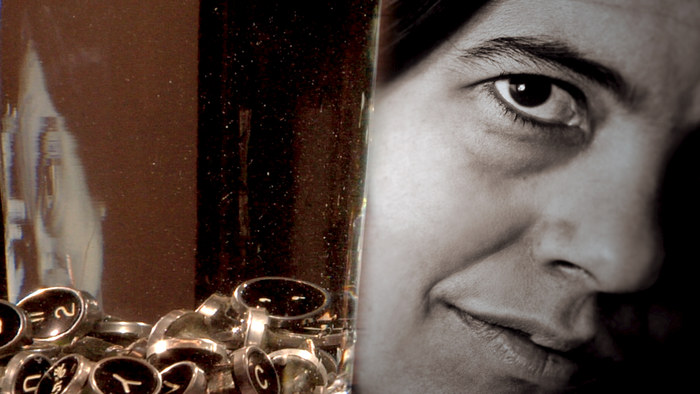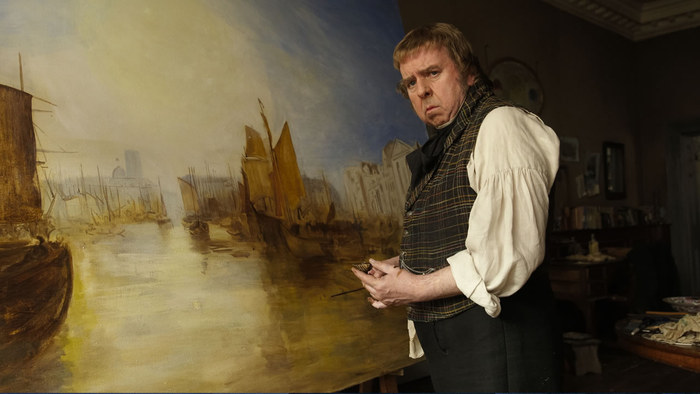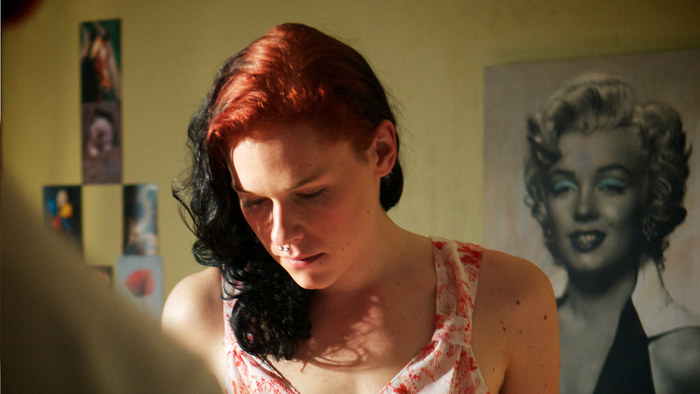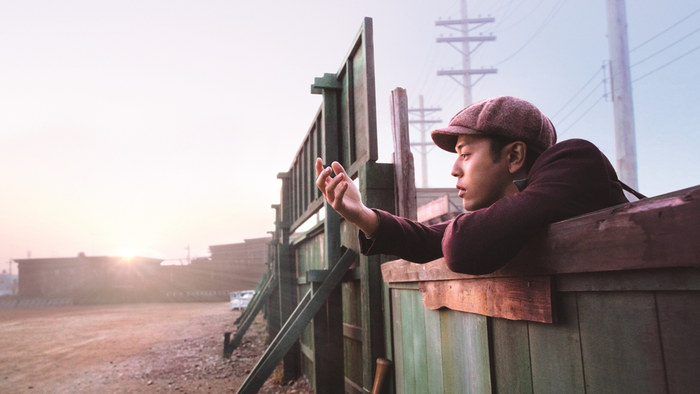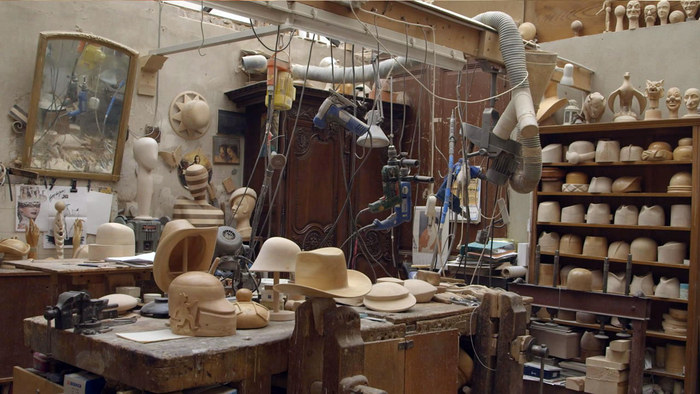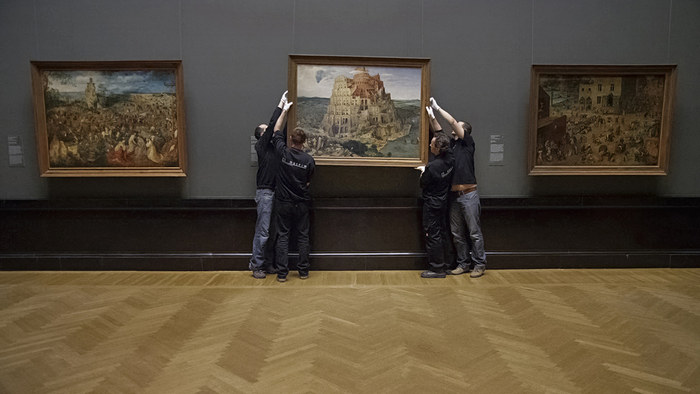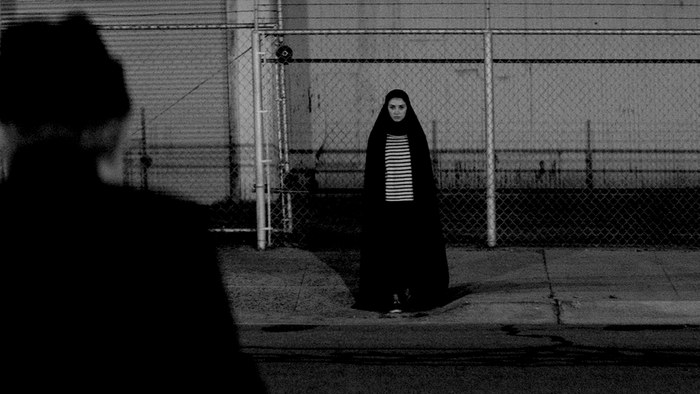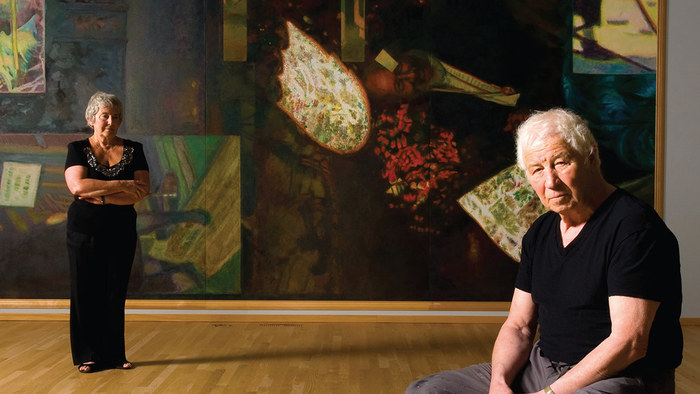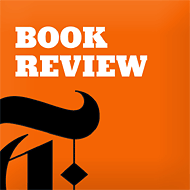It's the most wonderful time of the year...... ah VIFF, how much do I love thee and how much do I wish that I had more time and stamina to attend all of the films on my long list. The Vancouver International Film Festival is in full swing and has been running since September 25th and will close at the end of this week on October 10th.
I have already attended a number of great screenings-- so far, my hands down favourite for sheer jaw dropping visuals and spatial phantasmagoria overload is the epic three hours I spent watching Cathedrals of Culture. This was a 3D film project involving six directors (Wim Wenders, Michael Glawogger, Michael Madsen, Robert Redford, Margret Olin, and Karim Ainouz) exploring six iconic buildings through the simple question, "If buildings could talk, what would they say about us?" The film continues to stay with me and will prove very inspiring when I return to teaching the History of Architecture in the near future. However, I don't want to tell you about all the films I have seen that you can't watch anymore, so allow me to offer some suggestions for the remaining days of VIFF.
With less than a week left, and with many of my own students left with the task of viewing a screening as part of a class assignment (or for bonus points!), I thought I might share some titles for films to catch before VIFF closes. Among the films listed in the slider (click through for more information on the VIFF website) are picks that I am either planning on viewing this week, movies friends and colleagues have seen already and recommend, and of course those films that couldn't fit my schedule but are on that long wish list. I do hope that if you are in the city and get a chance to attend a screening, you come out and support one of the best celebrations of film that Vancouver enjoys each year. Many of the festival favourites do get a second life in future screenings around town (I will continue to tweet or share these on Facebook in the coming weeks and months), but there is nothing quite like the buzz and energy of attending a VIFF screening. Enjoy!
